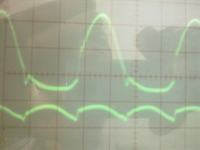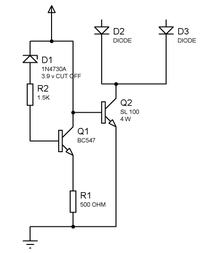myfaithnka
Advanced Member level 4

- Joined
- Nov 5, 2010
- Messages
- 106
- Helped
- 2
- Reputation
- 4
- Reaction score
- 2
- Trophy points
- 1,298
- Activity points
- 2,022
Follow along with the video below to see how to install our site as a web app on your home screen.
Note: This feature may not be available in some browsers.


Hi all,
any one pls help me finding the equation for frequency here in this ckt.
View attachment 89706
i have changed the turns of the feed back,ended up burning that two transistors.
Pls help.










From consulting Wikipedia, fly back converters do not use a transformer
Hi Frankthey just switch the current through a single inductor

4. Your CFL, what does it require? florescent tubes are current driven, thats why they have a ballast unit. They also have to have a high voltage to "strike" them on starting. At a guess, 150V + to start, and 90V to run. but the current is limited to Ptube/90 A. So I would think that the transformers in commercial CFL converters are actually made with a high leakage inductance, which limits their current but makes for high voltage over shoots at the collector of the driving transistors and provides the higher voltage for striking the tube.
Hope I have not confused you too much
Frank
I would try altering the .02 MF caps, they would be resonating the primary, also they would be reducing the amplitude of Dv/Dt at the collector of each transistor as it switches off, so protecting the collector junction. One of the transistors stays "on" all the time that the base winding is delivering enough voltage. So it might be worth putting a resistor across the winding to try and reduce the voltage more quickly, say 1K for starters. Another way would be to use one or more diodes between the base and emitter, cathode to base, to clamp the negative voltage to -.8V or -1.6V, so allowing more base current for the "on "transistor and protecting the "off" transistor.
Frank








